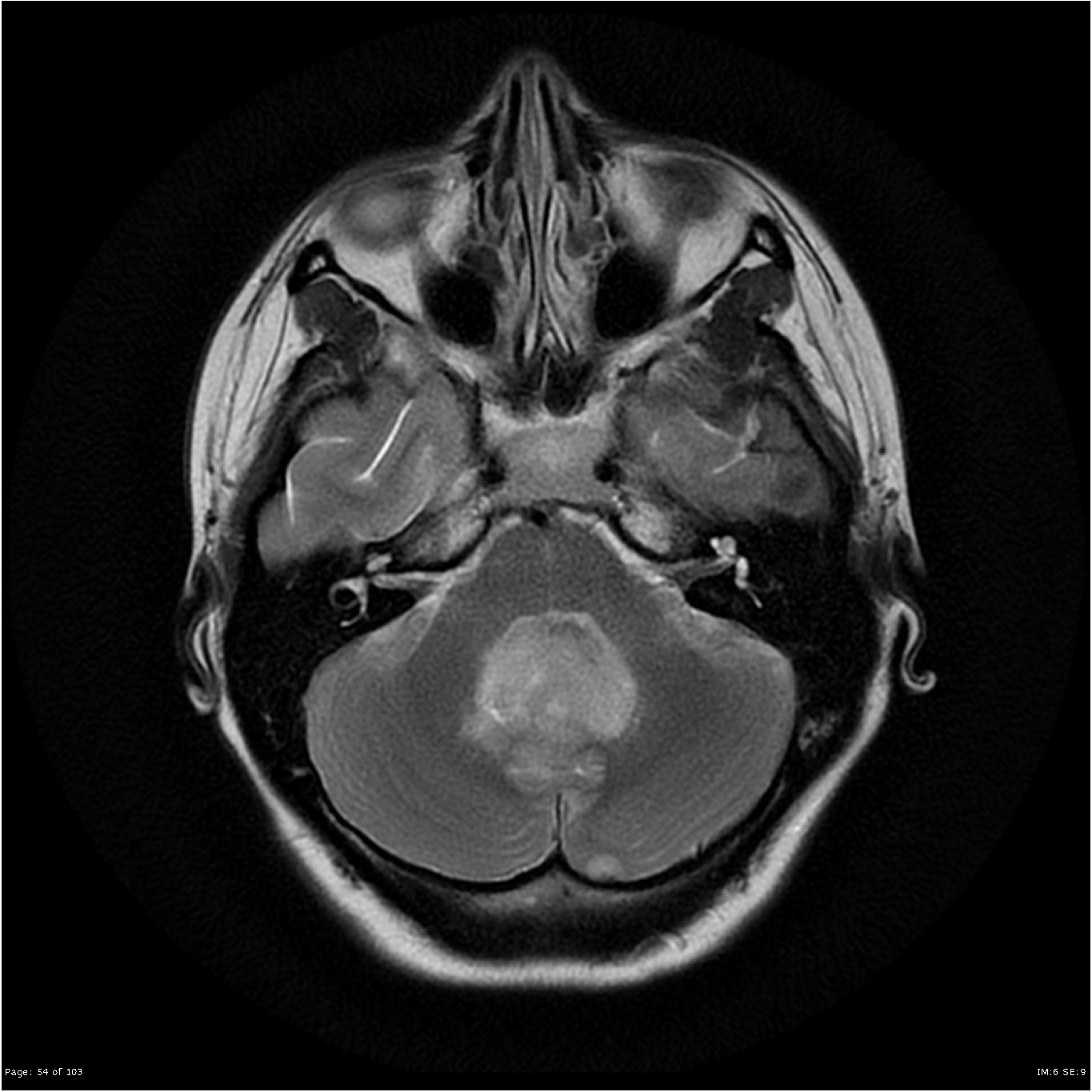

MYC, an oncogenic target of the canonical WNT signaling, was found to induce miR-193a expression. MiR-193a-3p (hereafter referred to as miR-193a) is one of the WNT subgroup-specific microRNAs. We have earlier reported the most distinctive microRNA profile of WNT subgroup medulloblastomas. Nonetheless, the WNT subgroup medulloblastomas have the best survival rates among the four subgroups. The canonical WNT signaling is known to mediate the stem cell self-renewal as well as the epithelial-mesenchymal transition, the characteristics known to be associated with aggressive cancers. Subtypes II, III, and V have the worst five-year overall survival and often carry amplification in the MYC and MYC/MYCN gene, respectively.Īmong the four subgroups, the WNT subgroup has an excellent long term survival rate of over 90%. A meta-analysis of the three studies identified eight subtypes with some subtypes consisting of both Group 3 and Group 4 tumors, indicating a broad continuum of the subtypes.
QARC MEDULLOBLASTOMA DRIVER
Recently, three studies based on the integrated genomic analysis have identified multiple subtypes within Group 3/Group 4 subgroups, which are enriched in specific driver genetic alterations and copy number variations. The Group 4 tumors express several neuronal differentiation-related genes, while Group 3 medulloblastomas have higher expression of proliferation-related genes and often retina-specific genes. The two non-WNT, non-SHH subgroups are characterized by several chromosomal level copy number alterations, including isochromosome 17q in more than 50% tumors and have an overlap in their gene expression profile. Activation of the canonical WNT and SHH signaling pathway is a characteristic of the WNT, and SHH subgroup medulloblastomas, respectively. Medulloblastomas belong to four distinct molecular subgroups WNT, SHH, Group 3, and Group 4 that were first identified based on the differential gene expression profile. However, these children often suffer from neuroendocrine and neurocognitive deficits. The treatment results in the long-term survival of about 70% of average-risk patients. Standard treatment of medulloblastoma includes surgery, followed by craniospinal radiation and chemotherapy. Medulloblastoma is the single most common malignant brain tumor in children. Therefore, miR-193a has therapeutic potential in the treatment of not only Group 3 medulloblastomas but possibly other MYC overexpressing aggressive cancers as well. MiR-193a, on the other hand, brought about global repression of gene expression. In cancer cells having high MYC expression, MYC brings about transcriptional amplification of all active genes apart from the induction of its target genes. MiR-193a expression brought about a reduction in the global levels of H3K4me3, H3K27ac, the histone marks of active chromatin, and an increase in the levels of H3K27me3, a repressive chromatin mark. The expression of miR-193a resulted in widespread repression of gene expression that included not only several cell cycle regulators, WNT, NOTCH signaling genes, and those encoding DNA replication machinery, but also several chromatin modifiers like SWI/SNF family genes and histone-encoding genes.

MYC induced expression of miR-193a, therefore, seems to act as a feedback inhibitor of MYC signaling. MiR-193a mediated downregulation of MAX could suppress MYC activity since it is an obligate hetero-dimerization partner of MYC. MAX, S TMN1, and DCAF7 were identified as novel targets of miR-193a.

Restoration of miR-193a expression in the MYC amplified Group 3 medulloblastoma cells resulted in inhibition of growth, tumorigenicity, and an increase in radiation sensitivity. MiR-193a is not expressed in Group 3 medulloblastomas, despite MYC expression, as a result of promoter hypermethylation. The expression of miR-193a, a WNT subgroup-specific microRNA, was found to be induced by MYC, an oncogenic target of the canonical WNT signaling. Medulloblastoma, a highly malignant pediatric brain tumor, consists of four molecular subgroups, namely WNT, SHH, Group 3, and Group 4.


 0 kommentar(er)
0 kommentar(er)
